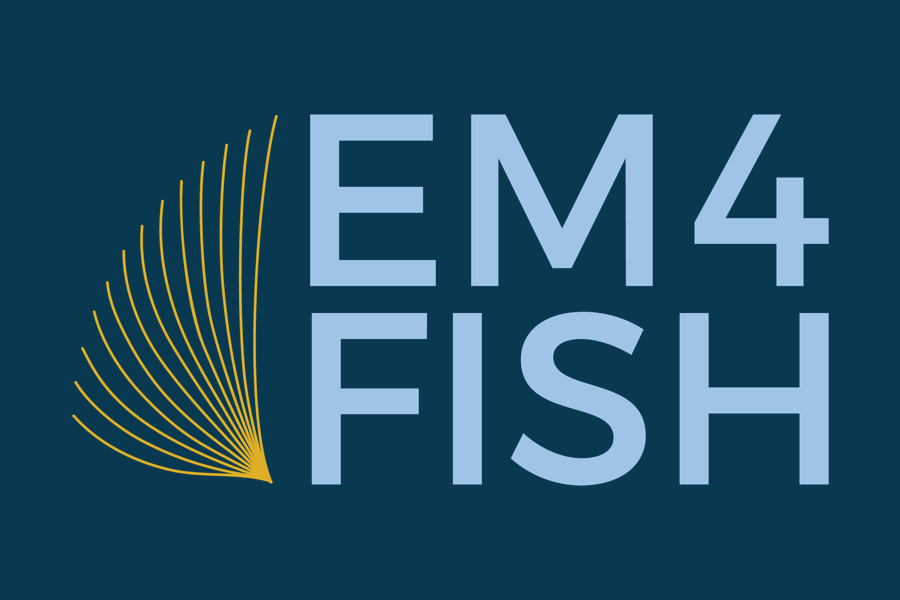Click here for report in PDF
Executive Summary
In 2013, The Nature Conservancy (TNC), Maine Coast Fishermen’s Association (MCFA), the Gulf of Maine Research Institute (GMRI) and Ecotrust Canada (‘project partners’) embarked on a three-year pilot project to further the development of electronic monitoring (EM) in the New England groundfish fishery. The overarching goal of the project was to determine if EM technology could be used to collect information on catch and discards that is comparable to existing monitoring and reporting programs in a cost-effective manner. The primary objective was to develop an EM system that could capture high quality video footage for identification of groundfish species and accurate length estimates of individual fish discarded at sea without drastically changing fishermen’s normal operations.
Project partners recognize that high levels of accountability provided through an effective catch and discard monitoring system are critical to the success of the New England groundfish sector management system. However, we also realize that many fishermen cannot afford the current monitoring costs given the significant reductions in their annual revenues caused by low catch limits on several species. A key driver for this project was our strong interest in achieving higher levels of accountability through a robust monitoring program while also minimizing fishermen’s costs.
Over three years, EM systems were installed on three trawl and five gillnet vessels participating in the New England groundfish fishery, and video footage was collected on over 150 fishing trips. Trained video reviewers analyzed a percentage of hauls completed on these trips each year to verify the accuracy of discard estimates reported by the fishermen in their logbooks. The approach of reviewing a subset of hauls and comparing the results to other data sources is known as an audit approach.
The project partners selected this approach because of its potential to provide a cost-effective alternative to the existing fishery monitoring program.
Key lessons learned over the course of the three-year program include:
- EM systems can collect video of sufficient quality to generate discard information similar to data currently being gathered by human fishery monitors;
- Performance of fishermen and EM service providers improved steadily over the course of the project, demonstrating the utility of conducting pilot studies before pursuing broad-scale implementation of new technologies;
- Collaboration and regular communication between fishermen, the National Marine Fisheries Service (NMFS), service providers, and non-governmental organization (NGO) partners is critical to long-term success of the program;
- Many costs associated with implementing an EM system are variable and highly dependent on final program design (e.g., audit approach or 100% video review);
- Fishermen can reduce video review costs through careful catch handling and reporting.
The three-year pilot project has provided valuable insight into the ongoing efforts to advance EM at the regional and national level. The dedicated efforts of the project partners, fishermen, and NMFS staff resulted in many of the project goals and objectives being met despite several challenges. This project has demonstrated that EM systems are capable of collecting valuable information on catch and discards that can be used a part of an audit-based monitoring program in the New England groundfish fishery.
Building on the success of this project, NMFS’ approved an Exempted Fishing Permit (EFP) that authorizes up to 20 fishermen in groundfish sectors to utilize EM systems in lieu of human monitors in 2016. The EFP program differs from the audit-based approach tested in the pilot project in that it requires 100% video review on selected groundfish trips. Despite these differences, this EFP provides an opportunity to further refine EM technology and improve integration of EM information into NMFS’ existing database infrastructure.
Project partners also recognize that additional work is needed to support broader-scale use of EM systems in New England. Key issues to address include: 1) finalizing technical specifications for EM systems; 2) refining data delivery and management systems; 3) developing program design elements for an audit-based monitoring program; and 4) creating new incentives for fishermen to participate. We are confident that the continued efforts of participating fishermen, project partners, and NMFS will advance this promising new monitoring tool in the New England groundfish fishery and beyond.
This report briefly summarizes high-level findings from this project and shares lessons learned for others to consider. For those interested in more information, please go to http://gmri.org/our-work/fishing-industry-innovation/electronic-monitoring/our-progress for detailed annual reports from the pilot program.


